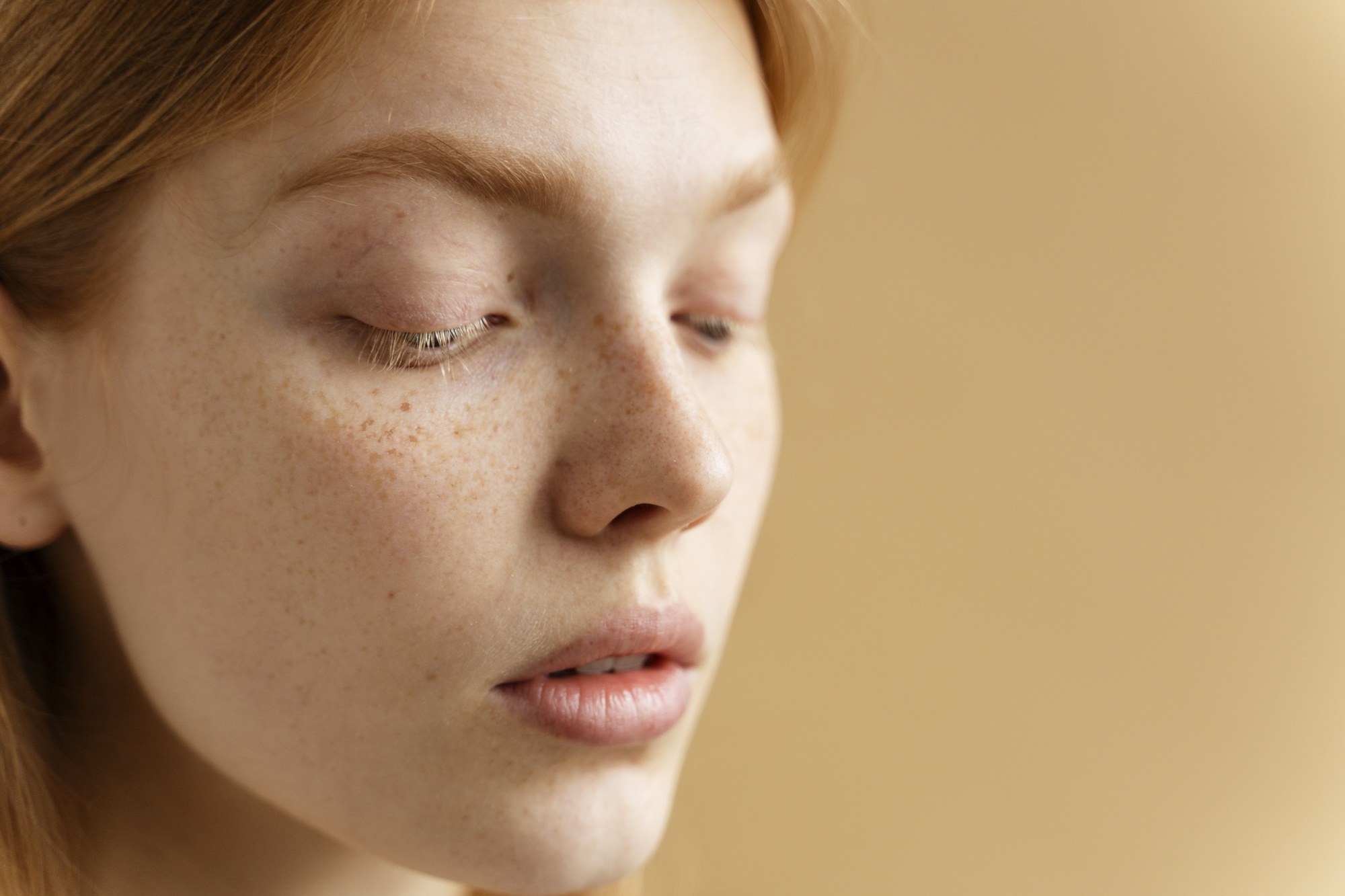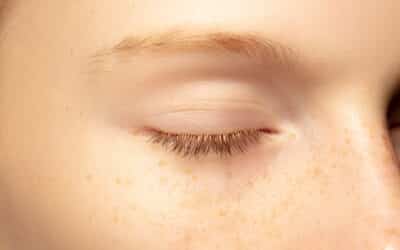If you’ve ever noticed tiny, white bumps on your face that won’t pop or ever seem to go away, even after months or years, you’re likely dealing with milia. These small, hard bumps can be frustrating and confusing, often mistaken for acne or other skin conditions.
What Are Milia?
Milia are small, hard white or yellowish bumps that typically appear on your face, especially around the eyes, cheeks, and nose. They look like tiny white dots that seem to sit right under the surface of your skin. Unlike acne, these bumps are actually small cysts filled with keratin, a protein that’s naturally found in your skin and hair. They can grow up to 2mm in size. They are also common in babies, but while they resolve on their own in newborns, adults typically don’t seem to get this same luck.
What Causes Milia?
The reasons behind milia are pretty interesting. Sometimes they form when dead skin cells get trapped and build up, creating these tiny bumps. Using heavy skincare products that are too rich or greasy can contribute to their formation. Sun damage plays a big role too, breaking down the skin’s ability to naturally shed dead cells. Hormonal changes can trigger them, and some people are just more prone to developing milia because of their genetic makeup.
Why You Shouldn’t Try to Remove Them at Home
It might be tempting to try squeezing, poking or popping these little white bumps, but that’s the worst thing you can do. Attempting to remove milia at home can cause serious skin problems. You could end up damaging your skin, creating permanent scars, or even causing an infection. These bumps are different from regular pimples – they’re much harder and deeply seated in the skin, making home extraction nearly impossible.
How to Remove Milia: The Professional Solution
Some aestheticians (such as Elysian Laser) and Dermatologists have a precise and effective method for removing milia: cautery needle extraction. This technique is like a tiny, targeted surgical approach. A super small, sterile, heated needle creates a microscopic opening to carefully remove each individual milium. The process is incredibly precise, removing only the specific cyst while minimizing damage to the surrounding skin. You will have a tiny scab on the area for up to a couple of weeks, but then they should be permanently removed. We can also help with skin care suggestions to ensure that more won’t develop.
What makes this method so great is its accuracy and minimal skin damage. Unlike other treatments that can cause widespread skin damage, the cautery needle targets exactly the right spot. It reduces scarring, lowers infection risks, and ensures complete removal of the entire cyst.
Learn more about our Milia Removal Service or contact me.
Why Other Treatments Don’t Work as Well
Some people consider laser treatments, but these often create more problems than solutions. CO2 lasers are very expensive and typically use a much larger spot size than the actual milia. This means you’re damaging more skin than necessary and spending a lot more money for less precise results and longer healing time.
Preventing Future Milia
Want to keep these annoying bumps at bay? Focus on your skincare routine. Use lightweight, non-comedogenic products that won’t clog your pores. Gentle exfoliation can help remove dead skin cells, but don’t overdo it. Always wear a lightweight, mineral sunscreen to protect your skin from damage and keep your skincare routine consistent.
Milia might seem stubborn, but they’re not unbeatable. With the right approach and professional help, you can say goodbye to those frustrating little white bumps and hello to smoother, clearer skin.


